
Published:
Readtime: 9 min
Every product is carefully selected by our editors and experts. If you buy from a link, we may earn a commission. Learn more. For more information on how we test products, click here.
You’ve seen it stocked to the brim at your local bottle shop but what is Soju? Korea’s national drink has spread its deliciousness all over the world in the last few years thanks to a newfound appreciation for the crystal clear drink. To explain what all the fuss is about, we’ve decoded everything there is to know about this alcohol and get you up close and personal with what it is, the different flavours and how to traditionally enjoy the delicious spirit. So grab yourself a glass of Soju, here’s what you need to know.
What is Soju?
Soju is a type of alcohol similar to a spirit but very much a unique drink in its own right. This clear beverage with an alcohol content between 12 and 50 per cent ABV heralds from Korea, although it’s spread its wings to reach the rest of the world in the modern day because it’s simply too good to resist. How does Soju taste? Well, a traditional unflavoured drink is quite similar to vodka, albeit with a neutral taste and without the sharp burn due to a lower alcohol percentage. It’s also a little sweeter, thanks to the ways it’s made and its ingredients, more on that below.
Related: Style Guide: How to Dress Like Every BTS Band Member
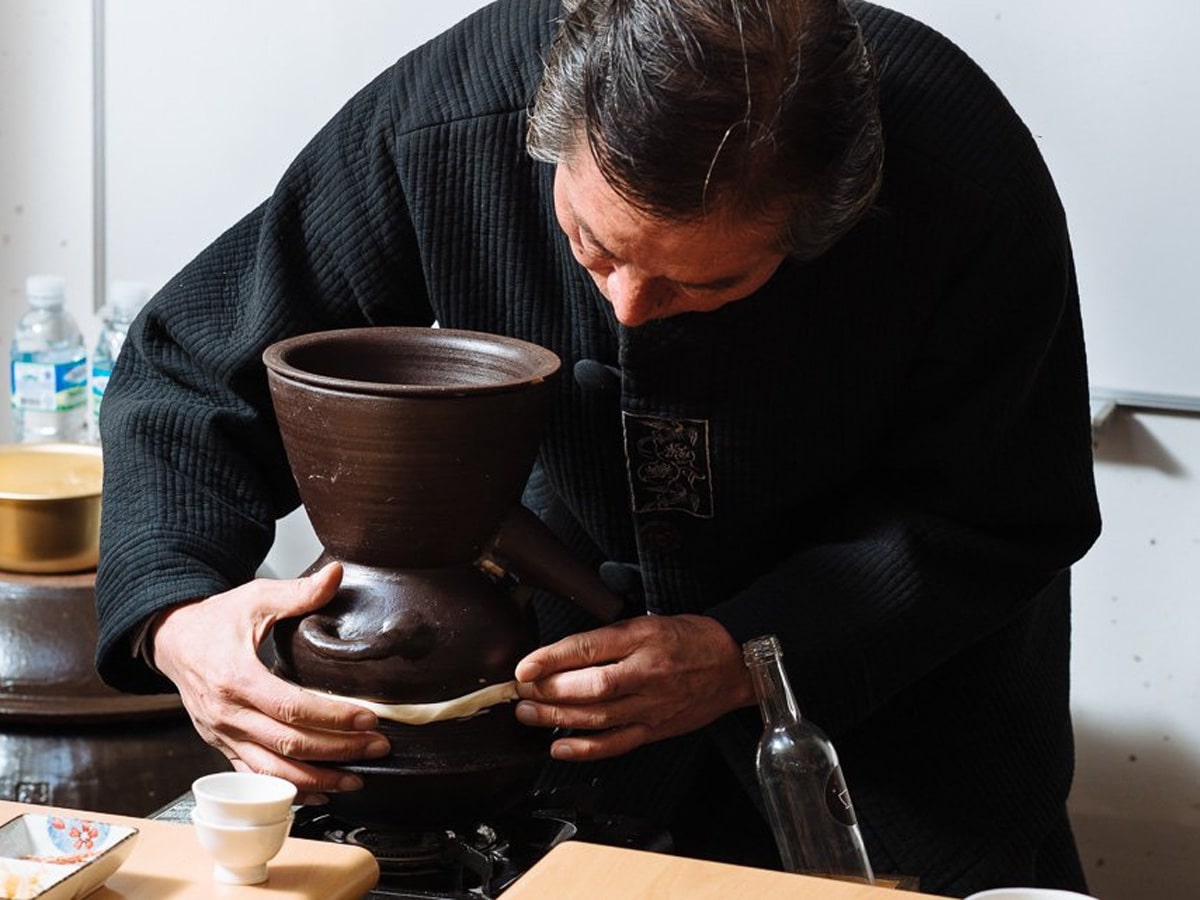
How is Soju Made?
Like most alcohol, Soju is distilled from fermented grains, think starchy crops like rice, potato and the like. Rice was the traditional choice, but a ban during the Korean War meant a number of other popular starch alternatives can also be used to make it today, including wheat, sweet potatoes, and tapioca.
After the rice has been distilled and turned into a rice wine, it’s then fermented for around fifteen days before being filtered and boiled in a cauldron, a distilling appliance contraption (seen above), and then viola-soju. For flavoured varieties, these are added in during the distillation process.
Is Soju Different From Sake?
Yes, but we needn’t explain that if you already know that Japan’s most famous beverage is a rice wine. Sake differs from Soju as it’s a distilled beverage, often using rice as the starch (yes, confusing, we know.) But more than anything, it’s their taste that’s the main difference – sake has a much dryer taste and mouth feel than Soju. Also, Korea has their own version of rice wine, called ‘makgeolli’, while Japan has shochu, which is similar.
Related: South Korea’s First-Ever Single Malt Whisky Returns with ‘Unicorn Edition’
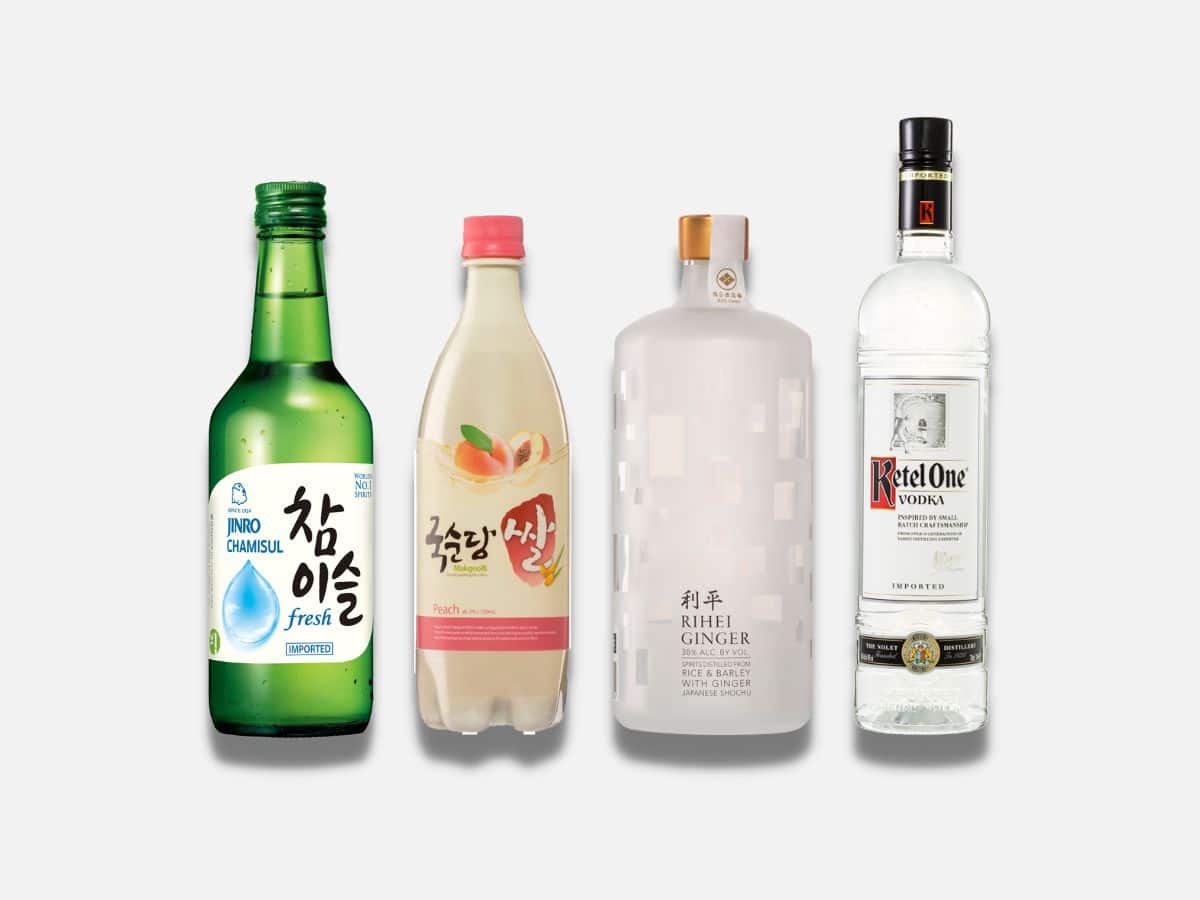
Are There Different Types of Soju?
While there’s only one type of Soju, it does have a few similar counterparts, which makes things a tad confusing. To clear things up we’ve broken down the beverages to explain the differences between Korea’s National Drink and Sochu, Makgeolli, and Vodka.
Soju vs. Sochu
Sochu is the Japanese equivalent of Soju. It shares some characteristics with the colourless Korean beverage, primarily a low alcohol content and the way it’s made. Sochu is also distilled from rice, or barley, sweet potatoes, buckwheat or brown sugar. It’s sometimes produced from other ingredients such as chestnut, sesame seeds, potatoes, or even carrots.
Shochu is usually consumed on the rocks, mixed with cold or hot water, or with fresh juice, and is also used as a substitute spirit in classic cocktails like the Martini or Negroni.
Soju vs. Makgeolli
Also a Korean beverage, Makgeolli is similar to rice wine, rather than a beverage that is distilled from rice. It differs in a lot of ways – it’s thick, sweet and a contains less alcohol than Soju. It’s also consumed differently, usually served chilled or sometimes even partially frozen. The traditional way to drink it is to ladle it out of a clay crock or pour it from a brass kettle into shallow bowls or cups. You also have to mix it before drinking, because the rice often settles down to the bottom.
Soju vs. Vodka
The only similarity between Soju and Vodka is their colour and consistency. Everything else is the complete opposite. Vodka has a much higher alcohol content and has a strong, burning taste. Some call our favourite Korean drink the low-alcohol, tasteless version of vodka, but we strongly disagree! Whoever says this clearly hasn’t tried the best Soju brands.
Related: How to Make Whipped Coffee: The Viral TikTok Recipe
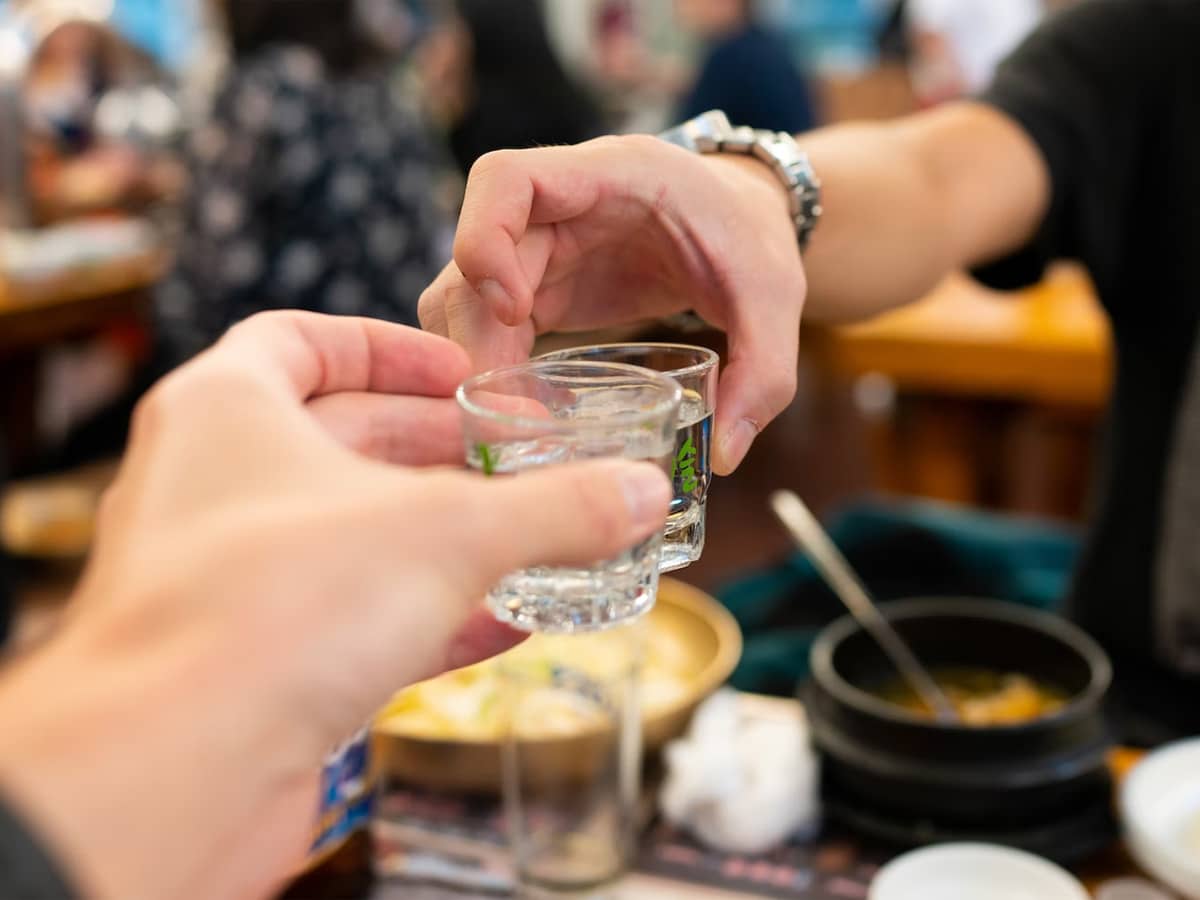
How Do You Drink Soju?
Like anything, you can drink it however you want, but traditionally, Soju is consumed neat as a shot. We always recommend sharing a bottle amongst your friends over a delicious meal, however, many people are leaning towards drinking flavoured bottles on their own in one sitting! At least the alcohol content is low enough so it won’t knock you for six.
In traditional Korean culture, the way it is served is also important. The host will serve the eldest guest first, then everyone else, they say “geonbae” which literally means ’empty glass’ and you must always drink what is in your glass before accepting another pour, and no one should ever fill their glass themselves. You also must always take that shot glass with two hands, turn your face to the side so you aren’t making eye contact with the person who handed you the glass and then have a drink.
What is the Soju Alcohol Percentage?
The alcohol content of differs depending on the brand and the style. For the brand and type of most commonly sold in Australia – Good Day (you can find it at Dan Murphy’s) the alcohol percentage is 12.5 per cent, which is 3.5 standard drinks. Flavoured Soju is typically lower in alcohol than its unflavoured/traditional counterparts due to the quality and age of the drink.
What Does Soju Taste Like?
The non-flavoured, traditional Soju tastes clean and neutral. It is sweet upon sipping the beverage, which usually ends with a slight bitterness. Due to its low alcohol content, it doesn’t have a burning sensation but rather a potent mouth-feel, combined with the sharpness of the sweet flavour. The flavoured drinks, however, taste different depending on the flavour, but usually have a sweet, fruity and sometimes almost medicinal taste to them.
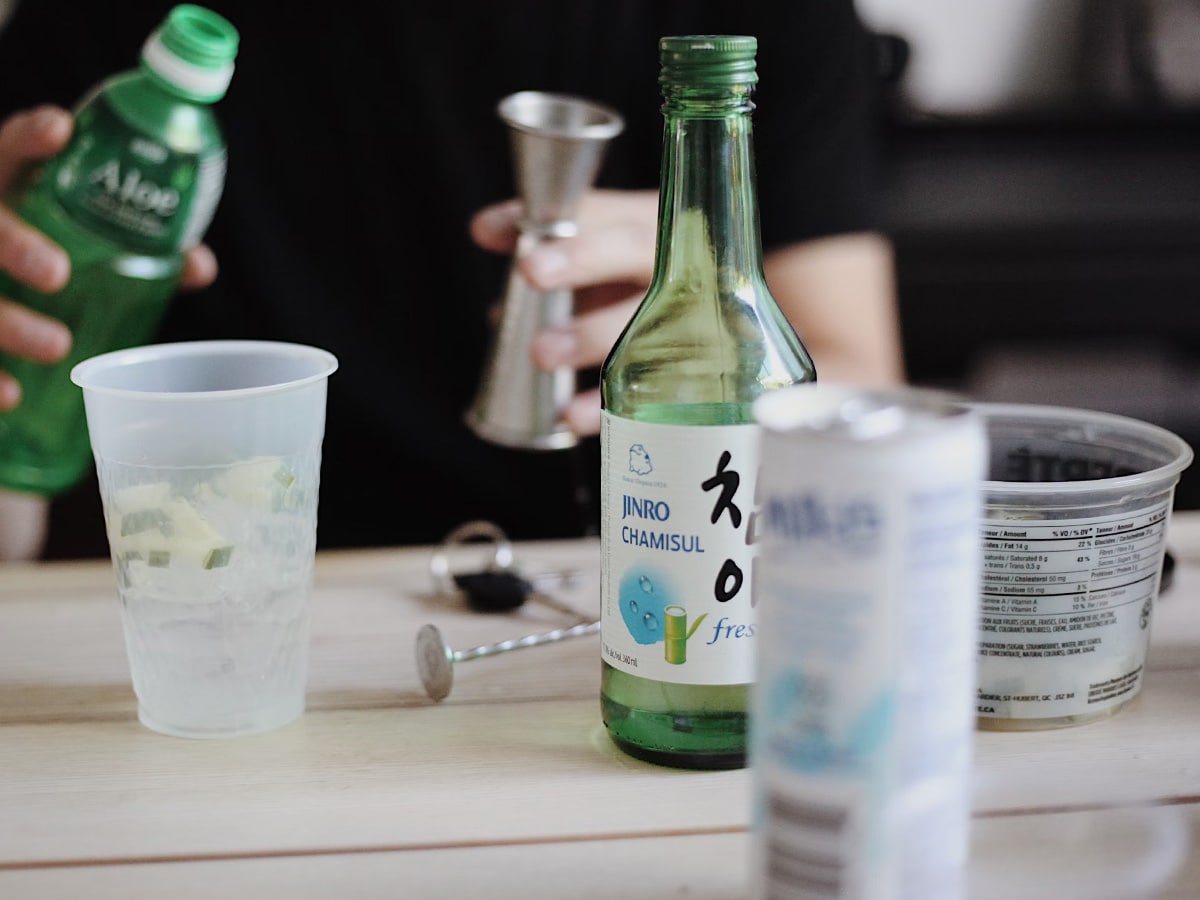
Can You Make Soju Cocktails?
Like any great spirit, you can turn it into delicious cocktails. Whilst not as mainstream as the spirits traditionally used in cocktails, there are plenty of recipes for Korean-style cocktails out there that use Soju as the base alcohol. Popular variations include green tea cocktails and sweet fruit cocktails like watermelon and strawberry.
What are the different Soju flavours?
There are so many different flavours out there, which means you’re bound to find something to fulfil your own acquired taste. We’ve pulled together a list of our favourite flavours below to get the ball rolling, but if there’s one you think we’ve missed don’t hesitate to let us know. One of our favourite games to play is the ‘Soju Guessing Game’ where you take turns getting blindfolded before guessing which flavour is which. You give them a shot of a few different flavours and they have to guess away! Hours of fun guaranteed.
Here are some of the most popular Soju flavours:
- Pomegranate – Buy it here
- Blueberry – Buy it here
- Citrus – Buy it here
- Grapefruit – Buy it here
- Pineapple – Buy it here
- Watermelon – Buy it here
- Strawberry – Buy it here
- Peach – Buy it here
- Apple – Buy it here
- Grape – Buy it here
- Plum – Buy it here
- Lychee – Buy it here

What Soju Should You Buy?
What Are the Most Popular Soju Brands?
There are so many different brands out there it’s hard to know which one to go for when wandering down the aisle. The most popular Soju brands include Jinro Chamisul, Cheoeum-cheoeum, Joeun Day and Good Days, but the most popular is Chamisul in South Korea, as per 2021 data on sales (source: Statista).
What is the Most Expensive Soju Brand?
All in all, Soju is a pretty affordable beverage, but if you want to get your hands on the boujiest, most expensive brand, Gowoon Dar is the way to go. The Korean Joongang Daily reports that a bottle will cost you around 360,000 won ($390 AUD) for a 500ml bottle, although we haven’t been able to track down a bottle in Australia just yet.
What is Our Favourite Soju Brand?
When it comes to our favourite Soju brand, we’re fans of the classics. And whilst it’s not an easy feat to have to choose just one, after lots of research (and by that we mean drinking) the answer is Jinro Chamisul. Why you may ask? Well, because it’s simple, clean and the closest thing to the traditional Korean drink you’re going to easily get your hands on down under. It’s well known for a simple and clean taste, rounded out with a smooth finish and sweet, lingering flavour, and we can’t get enough.
General FAQs
Soju is Korean.
Soju is neither Chinese nor Japanese, it is Korean.
Soju heralds from Korea.
Soju isnlt a wine or a vodka, it is an alcoholic beverage distilled from rice.
There is no particular reason, but the choice of green bottle may be seen as a way to advertise the clear, clean, simple goodness of soju.
On average, one bottle of soju contains around 540 calories.
You’ll also like:
Best Australian Whiskey Brands
Best Non-Alcoholic Wines
Best Japanese Whisky Brands
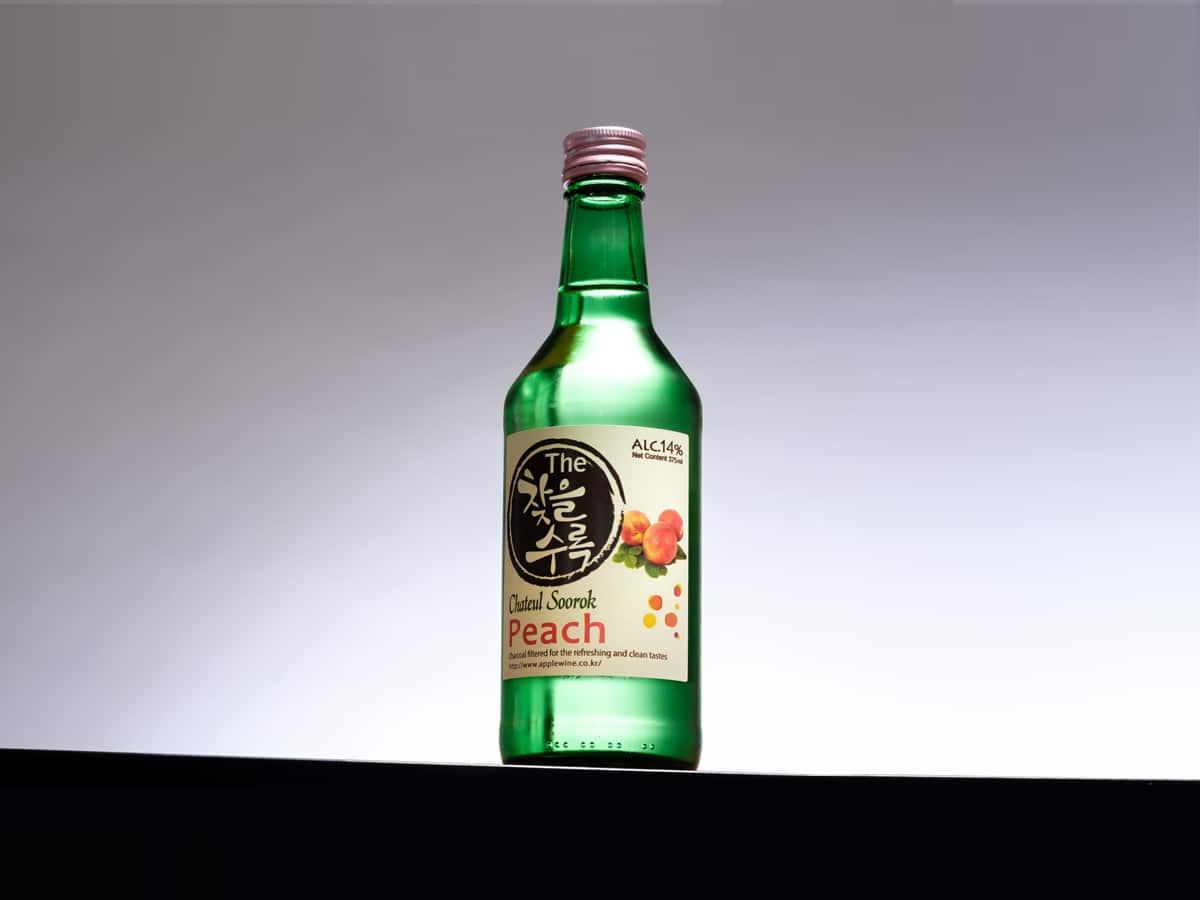














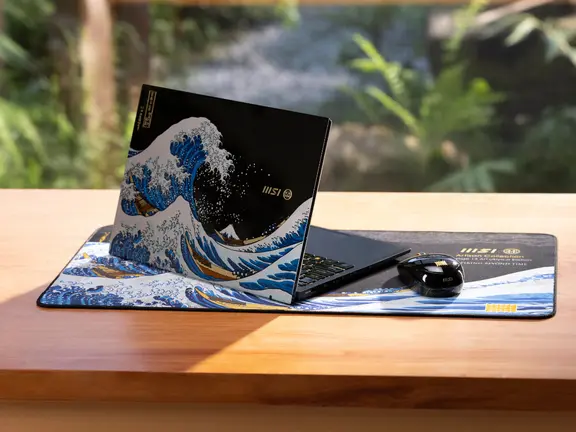
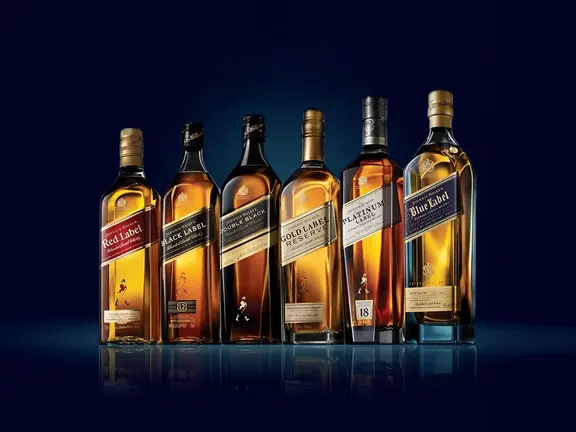




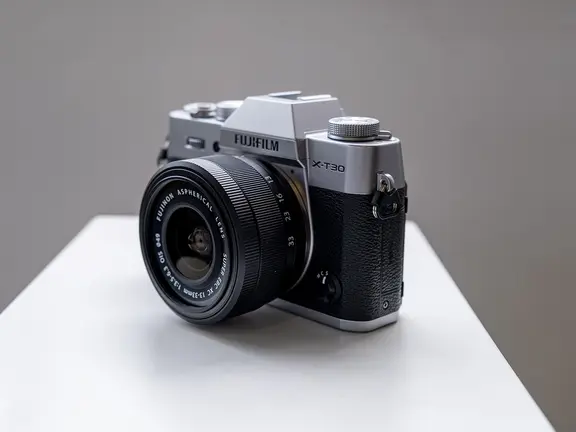







Comments
We love hearing from you. or to leave a comment.